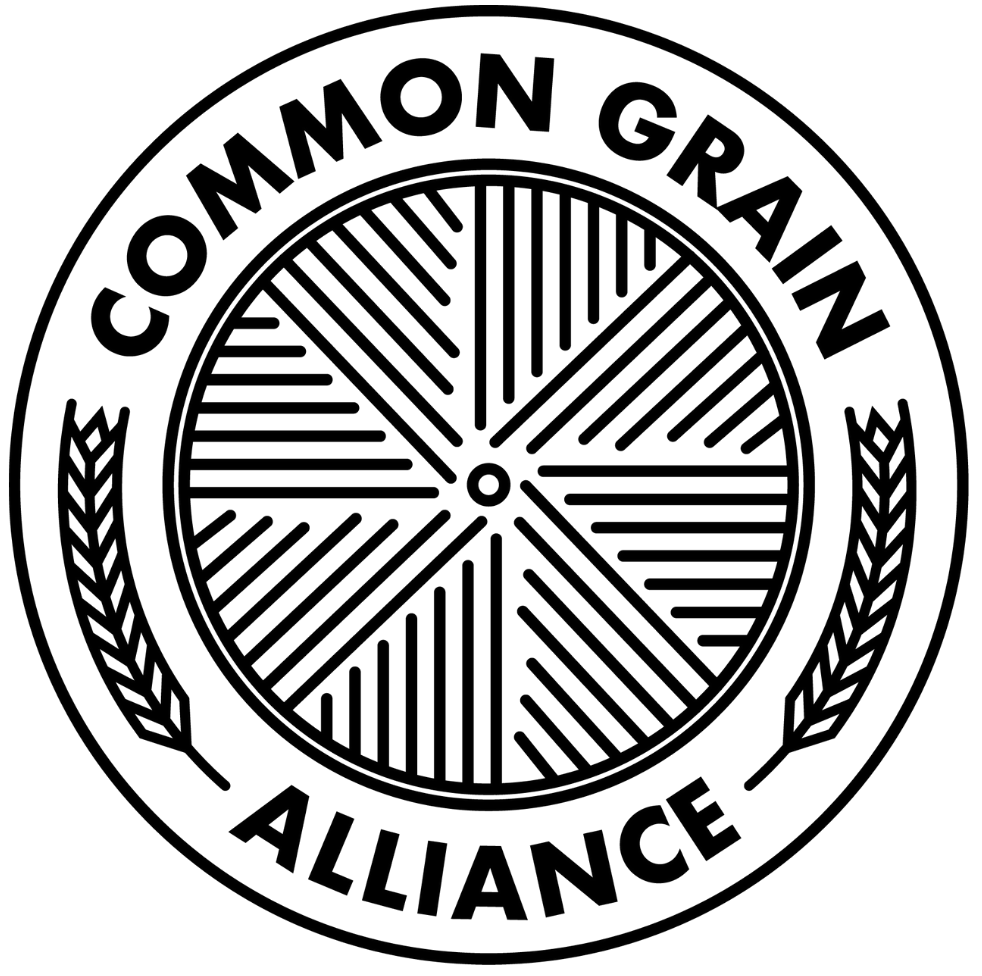Pizzoccheri Valtellinesi
Buckwheat Pasta with Savoy Cabbage, Potatoes, and Garlic-Infused Butter
Featured Recipe from the 2023 Mid-Atlantic Grain Fair by Chef & Culinary Educator Jessica Botta
Serves 4 (as a starter)
Pizzoccheri is a hearty, traditional dish from the Valtellina – an Alpine valley in the north corner of Italy’s Lombardy region, where buckwheat was once a major crop. While the region does not produce much buckwheat anymore, this pasta dish remains its culinary icon. There is even a three-day pizzoccheri festival held every year in July. While Savoy cabbage and potatoes are traditional accompaniments, Swiss chard, spinach, green beans, mushrooms, and smoked prosciutto known as Speck, are also delicious with these buckwheat noodles. I use buckwheat flour from Next Step Produce in Newburg, Maryland.
-Jessica Botta
Ingredients
1 ⅔ cup (7 ounces) finely-milled buckwheat flour
½ cup (1 ¾ ounces) all-purpose or 00 flour, plus more for dusting
5 fluid ounces water, or as needed
2 medium Yukon gold potatoes, peeled and cut into ½-inch cubes
¼ head Savoy cabbage, chopped
8 ounces (2 sticks) unsalted butter
4 cloves garlic, peeled and thinly sliced
12 leaves of fresh sage
4 ½ ounces Gruyere* cheese
2 ¾ ounces Parmigiano Reggiano or Grana Padano cheese
Salt
* The traditional cheese for this dish would be Valtellina Casera, which is a semi-firm cow’s milk cheese made on the Alpine pastures around the town of Sondrio in the Valtellina. It is not easy to find Casera in the U.S., so a gruyere or a medium-aged fontina make an acceptable substitute.
Instructions
Make the pasta dough: Working on a wooden board, combine the two flours into a mound, called a “fontana,” and make a large well in the center of the mound. Pour the water into the center of the mound, and using a fork, carefully begin to incorporate some of the flour from the sides into the water. Once the flour is incorporated enough so that you can start to use your hands, work the rest of the flour into a rough dough, using a metal or plastic bench scraper to help scrape and fold over the dough. You may need more or less water, depending on the age of the flour, how long ago it was milled, how humid the day is, etc. If the dough is too dry, dip your hands in water and continue to knead. Continue kneading the dough for approximately 5 minutes.
Roll and cut the pasta: Using a rolling pin, roll out the dough to a thickness of approximately ⅛ inch. Cut the dough crosswise into wide bands of 3 ¼ inches. Dust the bands with additional flour, and then carefully stack them on top of each other. Cut the stacked bands into noodles 1⁄4 inch wide. Gently transfer the noodles to a floured tray or platter. Since there is little gluten in the dough, the noodles can be brittle.
Cook the vegetables: Meanwhile, bring a large pot of water to a boil. Season generously with salt, and then add the diced potatoes. Cook for approximately 5 minutes. Add the pasta and the cabbage, and cook for an additional 5 minutes.
Prepare the butter: While the pasta is cooking, melt the butter in a medium saucepan. When the butter starts to foam, add the sliced garlic and sage, and cook until the butter is infused with the flavors and the garlic is soft. The garlic should be golden but not burnt. Keep the butter warm.
Plate the pasta: Drain the pasta and vegetables into a colander or lift them out with a skimmer or spider. Arrange half of the pasta, cabbage, and potato mixture into a casserole dish or a large platter. Sprinkle over half of the cheese. Layer on top the remaining pasta and vegetables. Sprinkle over the remaining cheese. Pour the warm garlic and sage-infused butter over the pasta, and serve while hot.



